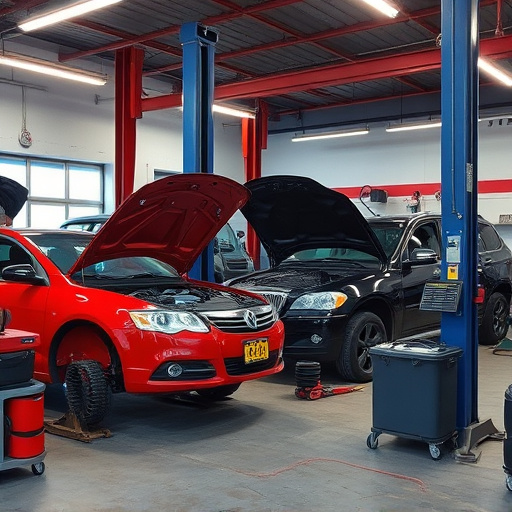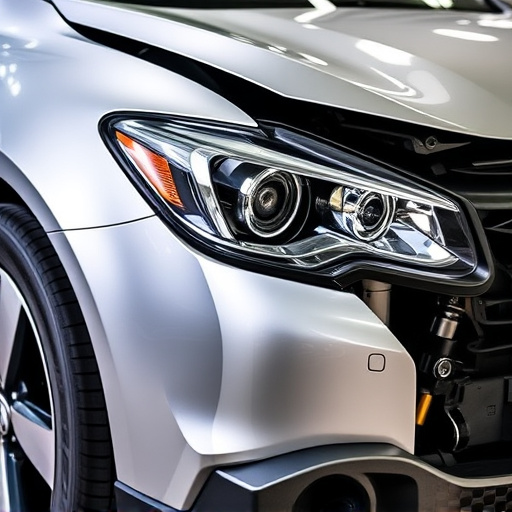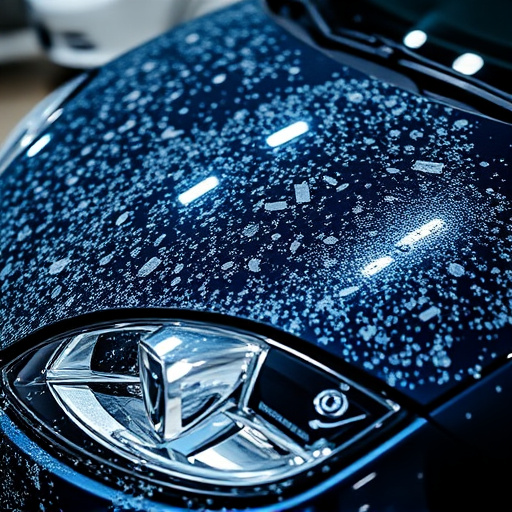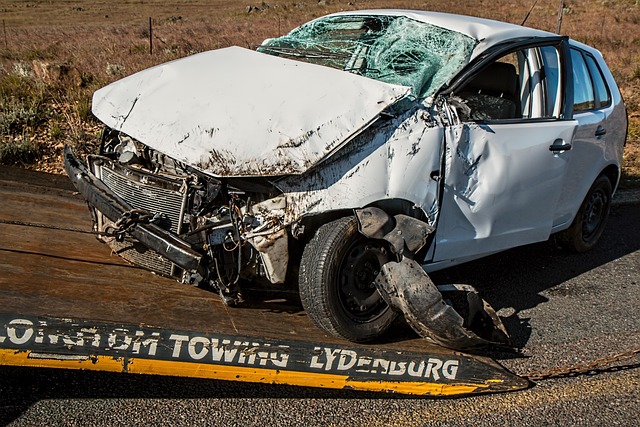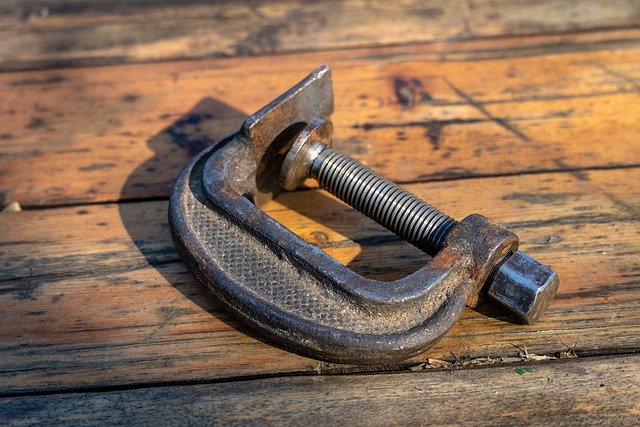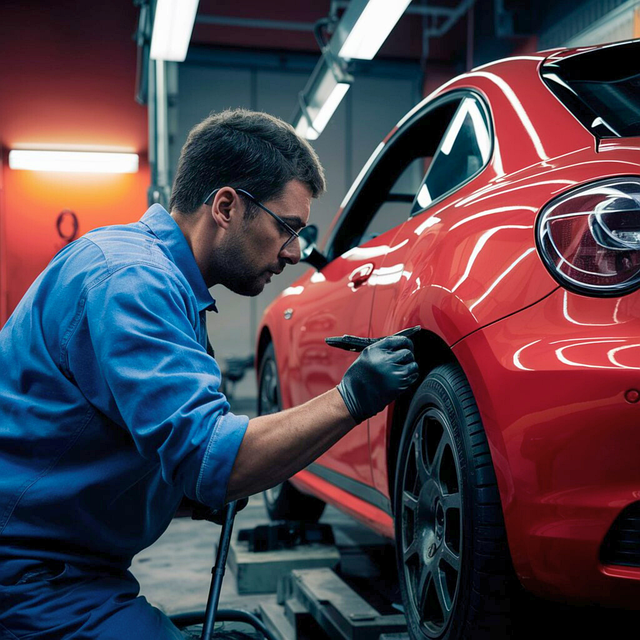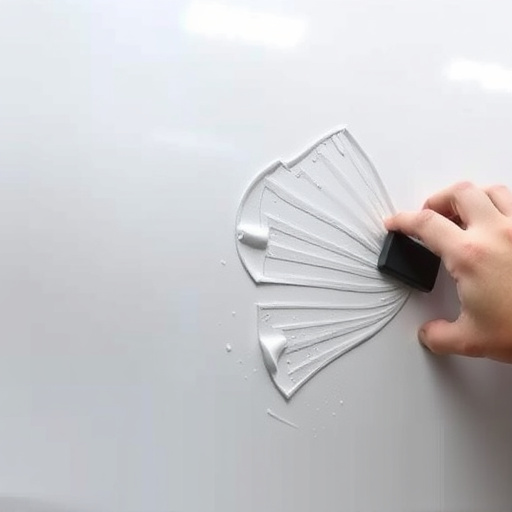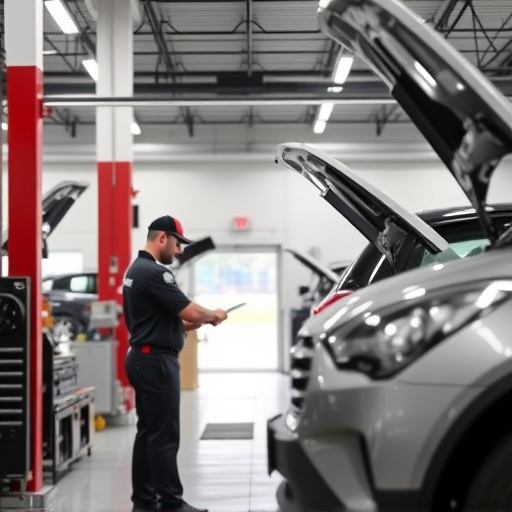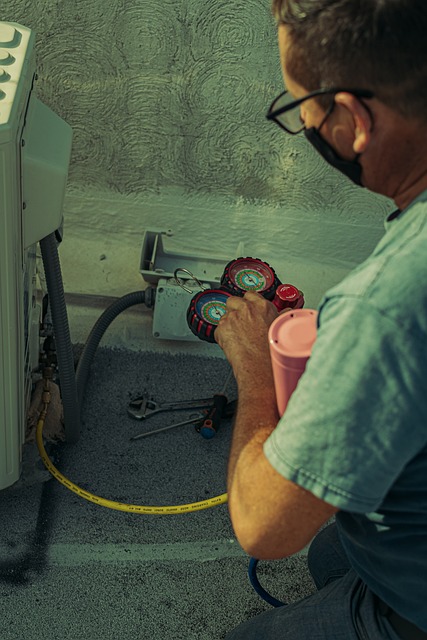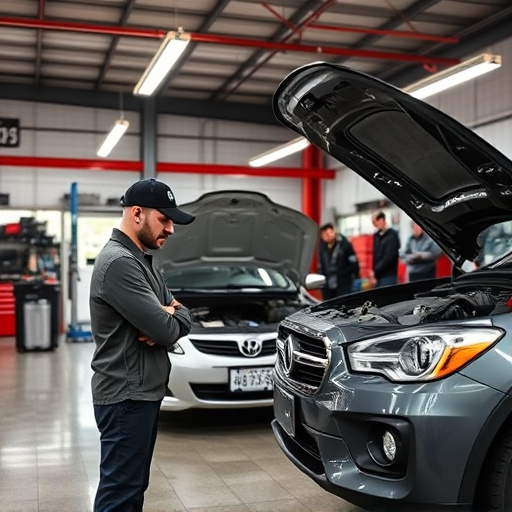PDR (Paintless Dent Repair) tools are innovative equipment allowing auto body shops to restore damaged vehicle surfaces without traditional methods, saving time, money, and preserving aesthetics. Essential tools include dent pullers, tab tools, mallets, clamps, and light boxes. Selection depends on repair complexity; basic kits for minor dents vs. advanced sensors and lights for complex repairs. Aligning tool choice with work scope ensures efficiency and customer satisfaction in automotive collision repair services.
“Unleash the power of precision with an in-depth exploration of PDR (Paintless Dent Repair) tools and equipment. This comprehensive guide demystifies the art of dent removal, offering a detailed look at its fundamentals, from the science behind PDR to the essential tools that drive the process. Whether you’re a seasoned professional or a curious enthusiast, discover the key equipment, understand selection criteria, and unlock the secrets to effective PDR techniques.”
- What Are PDR Tools and How Do They Work?
- Essential PDR Equipment: A Comprehensive List
- Choosing the Right PDR Tools for Your Needs
What Are PDR Tools and How Do They Work?
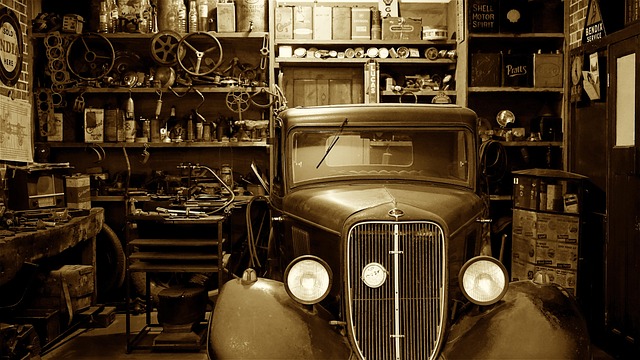
PDR tools, short for Paintless Damage Repair tools, are a revolutionary set of equipment designed to restore damaged vehicle surfaces without the need for traditional sandblasting or painting. These innovative devices have transformed the auto body shop industry by enabling technicians to perform high-quality car paint repairs with minimal disruption to the original finish. PDR works by using specialized tools to gently work around and smooth out dents, scratches, and other types of damage on a vehicle’s body panel.
The process involves inserting a PDR tool, which often resembles a small flathead screwdriver, between the damaged area and the clear coat layer of the paint. By applying precise pressure and moving the tool in specific patterns, the technician can separate the dented metal from the paint without damaging it. This method allows for the restoration of the vehicle’s original contour and appearance, leaving only minimal signs of repair. Whether it’s a minor door ding or extensive collision damage, PDR tools offer an efficient, cost-effective, and environmentally friendly solution for auto body shops, ensuring cars look like new with minimal effort and downtime.
Essential PDR Equipment: A Comprehensive List
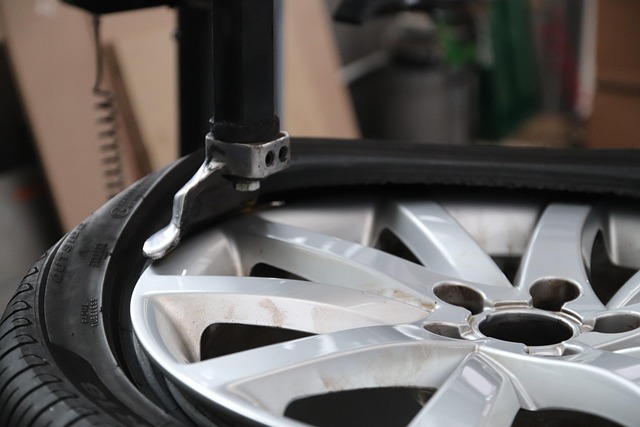
When it comes to understanding PDR (Paintless Dent Repair), having the right equipment is paramount for achieving professional results in auto bodywork. Essential PDR tools include a variety of devices designed to remove dents and dings from car paint surfaces, preserving the integrity and aesthetics of the vehicle. The cornerstone of any PDR tool kit is the dent puller, which comes in various types like metal tips, plastic tips, and nylon brushes, catering to different material and dent sizes.
Complementing these are other crucial items such as tab tools for creating space between the paint and panel, rubber mallets for gentle yet effective dent removal, and poly clamps for securing panels during repair. For precision work, PDR light boxes illuminate hidden dents, while dust extraction systems minimize mess and improve visibility. In the realm of car paint repair, these tools are indispensable, enabling auto body painters to conduct repairs efficiently, often without damaging the surrounding paint or requiring extensive auto body painting touch-ups.
Choosing the Right PDR Tools for Your Needs
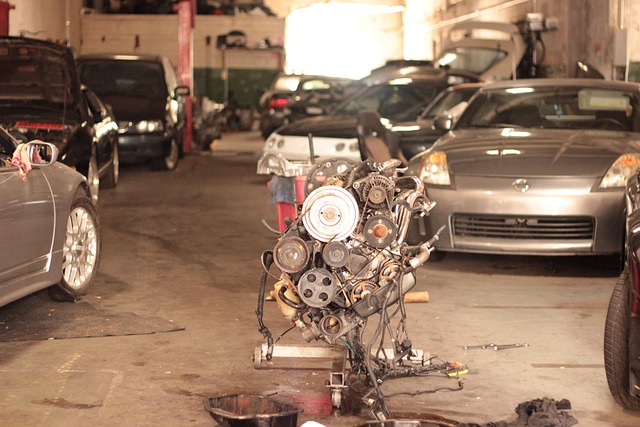
Selecting the appropriate PDR (Paintless Dent Repair) tools is a pivotal step for anyone venturing into auto collision repair or fender repair services. The market offers a diverse range of options, from handheld picks to advanced digital devices, each tailored for specific needs and tasks within the automotive collision repair industry. Understanding your requirements and the type of repairs you’ll be performing is key to making an informed choice.
For instance, if you’re primarily focusing on minor dents and creases, a basic PDR kit with a variety of tips and a good quality pneumatic tool might suffice. These kits are versatile and efficient for quick fixes and detailed fender repair work. Conversely, complex jobs requiring precision and intricate repairs may demand specialized tools, such as 3D sensors or advanced LED lights, to ensure accurate results. Thus, aligning your PDR tool selection with the scope of your work will contribute to enhanced efficiency and customer satisfaction in automotive collision repair services.
PDR (Paintless Dent Repair) is a game-changer in the automotive care industry, offering efficient and cost-effective solutions for minor dents and scratches. By understanding the basics of PDR tools and equipment, you can navigate this process with ease. This article has provided an overview of essential tools, their functions, and how to select the right ones for your needs. With the right PDR tools at hand, you’ll be able to restore your vehicle’s appearance, ensuring a smooth and professional finish without the need for lengthy paint jobs.

